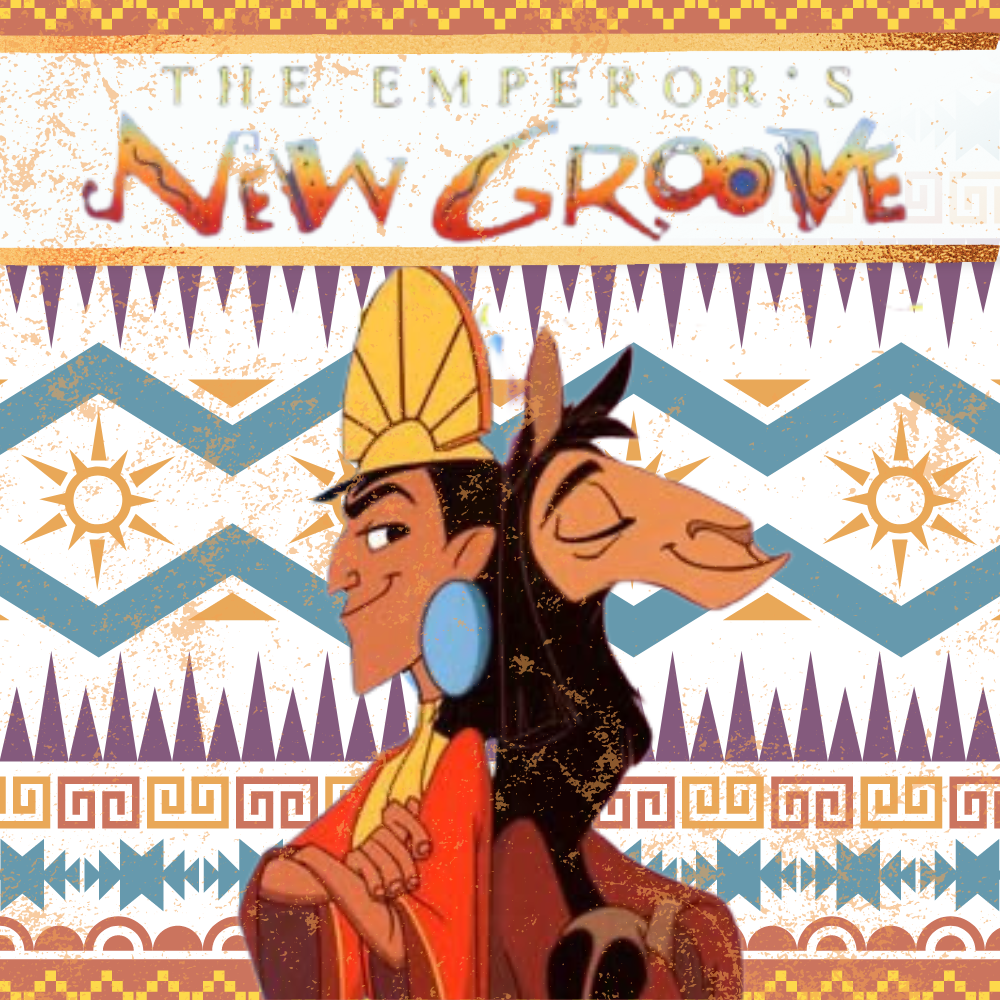Please visit response.fsu.edu for official FSU updates and resources.
The Emperor’s New Groove Hasn’t Lost its Groove
 Do you ever sit down to watch a classic Disney movie you loved as a child only to find out it is not nearly as great as you remembered? Do the jokes no longer hit now that you’re above the age of thirteen? Do the life lessons now seem like common sense to you? Luckily, you will experience none of those kinds of feelings or somewhat upsetting sensations if you choose to rewatch Disney’s The Emperor’s New Groove.
Do you ever sit down to watch a classic Disney movie you loved as a child only to find out it is not nearly as great as you remembered? Do the jokes no longer hit now that you’re above the age of thirteen? Do the life lessons now seem like common sense to you? Luckily, you will experience none of those kinds of feelings or somewhat upsetting sensations if you choose to rewatch Disney’s The Emperor’s New Groove.
This 2002 Disney class revolves around an egotistical king named Kuzco who cares for little to nothing besides himself and his own personal enjoyment. He even decides to destroy a home owned by a peasant man named Pacha and his family in order to build a summer getaway for himself. In addition, he throws people out of kingdom windows for “throwing off his groove,” and even fires his own advisor, a wrinkly woman (I’m not sure if she is even human) named Yzma who had worked for him for years.
Unfortunately for Kuzco, Yzma is unhappy with her dismissal as the king’s advisor and actually hatches a plan to murder Kuzco with help from her large manservant who goes by the name of Kronk. Of course, being a Disney movie and all, hijinks ensue and the main character is obviously not murdered in cold blood. Instead, Kronk, who some would argue (and by some I mean me) is the best character of the movie, accidentally switches the poison for llama extract which turns emperor Kuzco into, well…a llama. Kronk is then issued to hide the body and when throwing the deceased Kuzco out, he accidentally ends up in the back of Pacha’s wagon which is on its way out of the empire. So, when Pacha arrives back at his village, he discovers a llama in his bag which he eventually finds out is the emperor. Together, throughout the rest of the film, the two attempt to get back to the kingdom so they can get to Yzma’s secret lair and hopefully find a serum that will turn Kuzco back into a human.
At its core, this movie is a slapstick comedy intended to get theater audiences giggling; however, there is a surprising moral lesson on ethics that surrounds the plot of the film. For instance, Emperor Kuzco is a young emperor abusing his power and we see how he is a pure example of a selfish narcissist. It is clearly shown how, although Kuzco is the main character, he is also originally the antagonist of the film. Children watching this film will easily be able to interpret the moral lesson that teaches the differences between what is right and wrong as well as the importance of sometimes putting others and their needs before yourself. We see how Kuzco grows throughout the film from a person who is ultimately self-obsessed into a person capable of choosing others before himself. The film actually ends with Kuzco facing this moral dilemma. When his newfound friend Pacha and the potion that could turn him back into a human is slipping off a building Kuzco must decide which one he will grab. He ends up choosing Pacha, which is a decision that would leave Kuzco as a llama forever (and ultimately ugly forever–the nightmare of a self-obsessed narcissist). This decision is one that the Kuzco from the beginning of the film would have never chosen, and this final act of the film shows how his character has developed into a person capable of caring for others.
Besides its moral lessons on ethics, this movie also happens to be one of the funniest Disney movies ever to hit the big screens. With SNL legend David Spade playing emperor Kuzco, the jokes practically write themselves. The comedic timing is impeccable and upon rewatch as an adult, every joke still lands. I found myself laughing even more than I did as a child as many of the jokes in the film are seemingly geared toward parents more than the intended audience of kids. There is even a joke where Yzam says “I bet you weren’t expecting this,” and begins to hike up her dress which causes Emperor Kuzco and Kronk to scream in horror. Then, when they notice it is just a knife and not Yzma undressing, they visibly relax and say “oh ok.” These slightly more mature jokes accompanied with dramatic zooms are an aspect of the film that will entertain anyone.
The only complaint about this film is that the animation does not seem to be as clean or cinematic as other Disney movies before it. However, I would argue that the goal of this movie was not really focused on being cinematic. I think that the goofy buddy comedy that The Emperor’s New Groove shows itself to be actually functions just fine without having had most of its budget spent on expensive animation. In fact, David Ansic, a top writer for RottenTomatoes and Newsweek argues that “the animation may not have the whirling computer-enhanced movement of a Tarzan, the rich hues of a Lion King, the intricate detail work of a Beauty and the Beast: it's drawn in broad, bold outlines. But the unfussy, tossed-off quality actually helps give this original story zippy irreverence some of Disney's plusher cartoons lack.” I think Ansic completely hits the crown on the emperor with this statement and that the lack of animation quality is actually an aspect that adds to this film’s campy aesthetic.
Overall, The Emperor’s New Groove still holds up as an amazing film 22 years later and like fine cheese, will only get better with age. I would not be surprised to see this somewhat underappreciated animated film celebrated as a cult classic in the coming years as more people rewatch it and find that the humor is not dated to its release. I am thrilled to conclude that The Emperor’s New Groove will never be noted as the Emperor’s Old Groove anytime soon.
Written by: Daly Mann
Art by: Alyssa Giaccone



